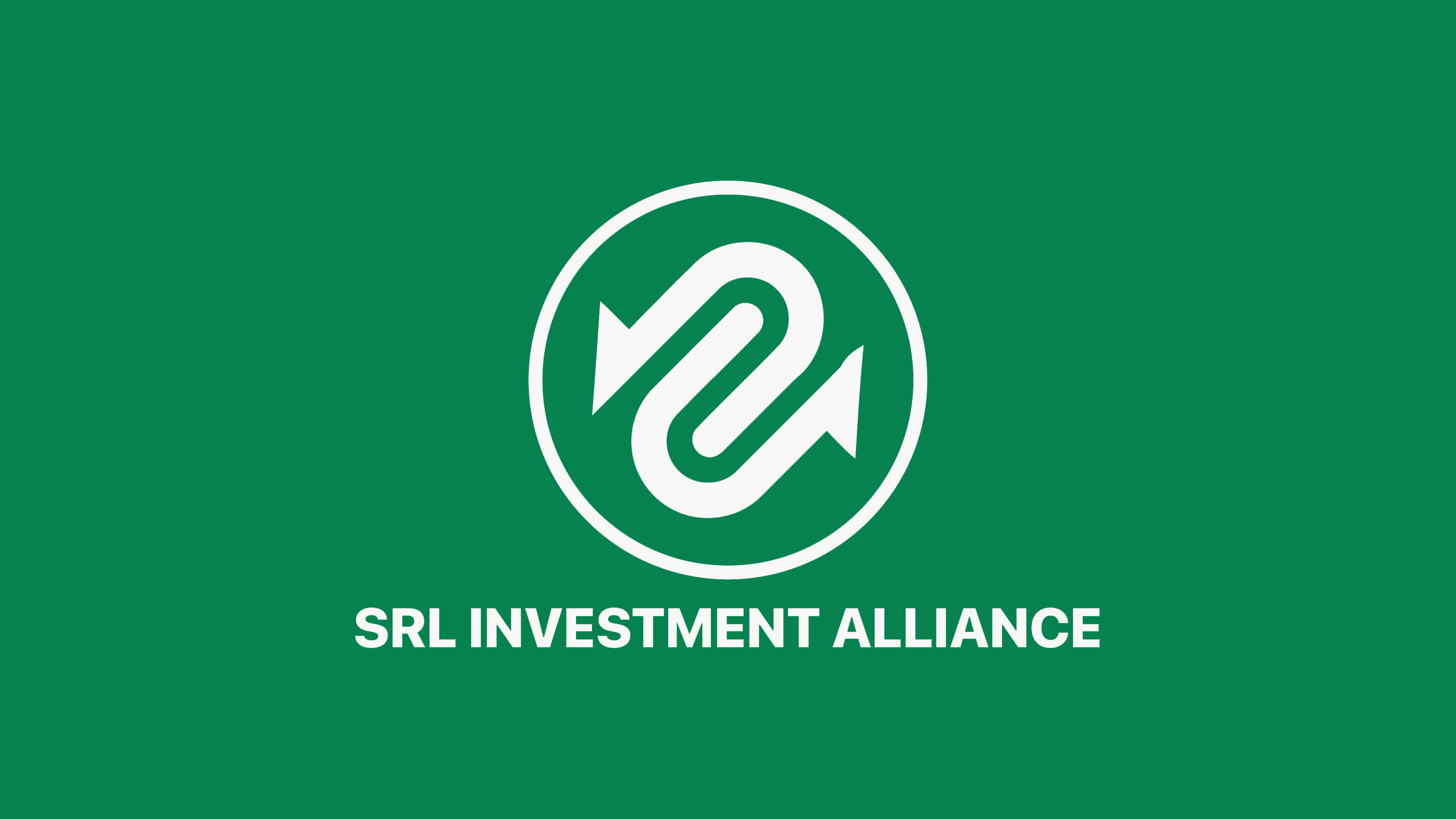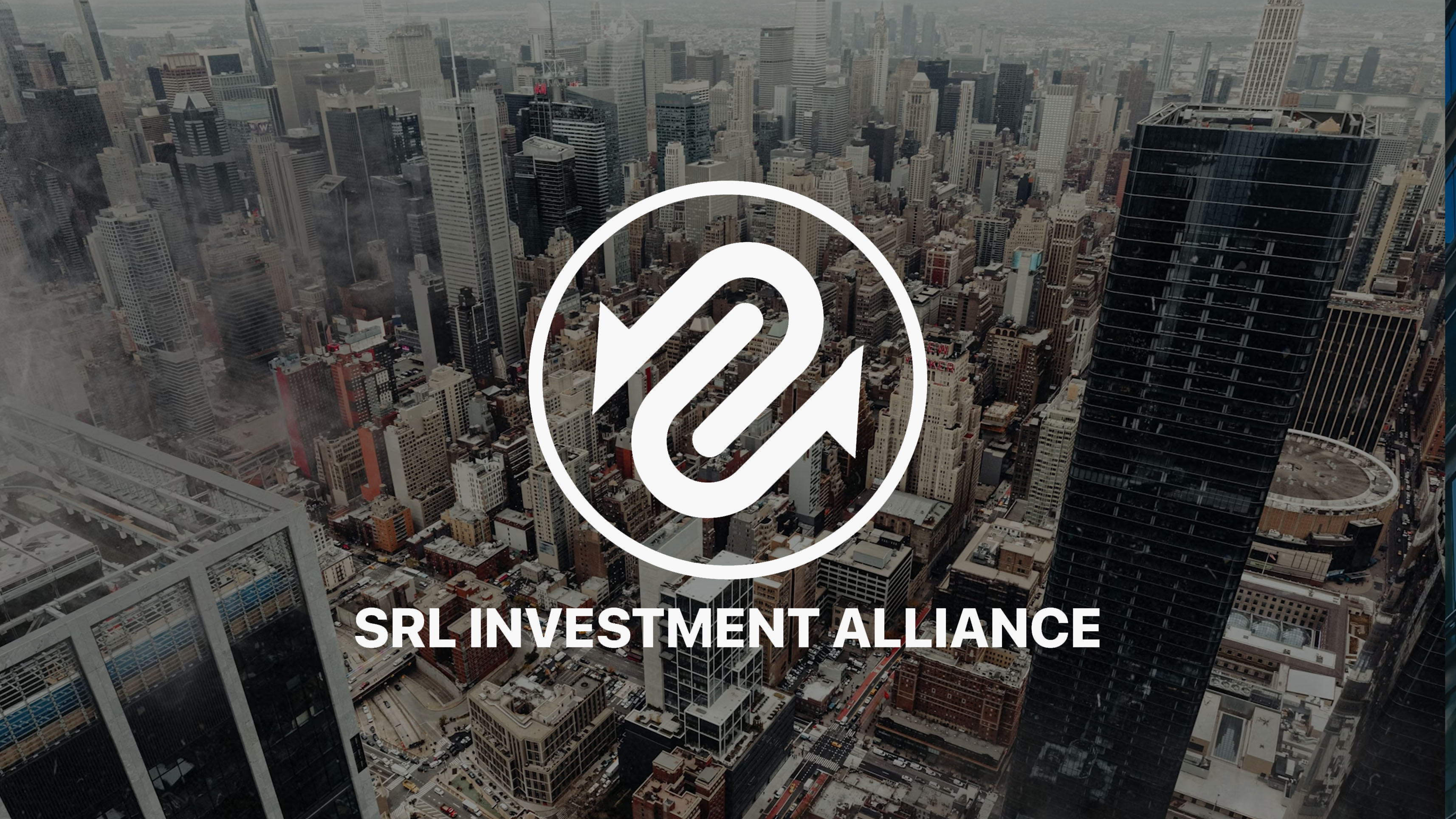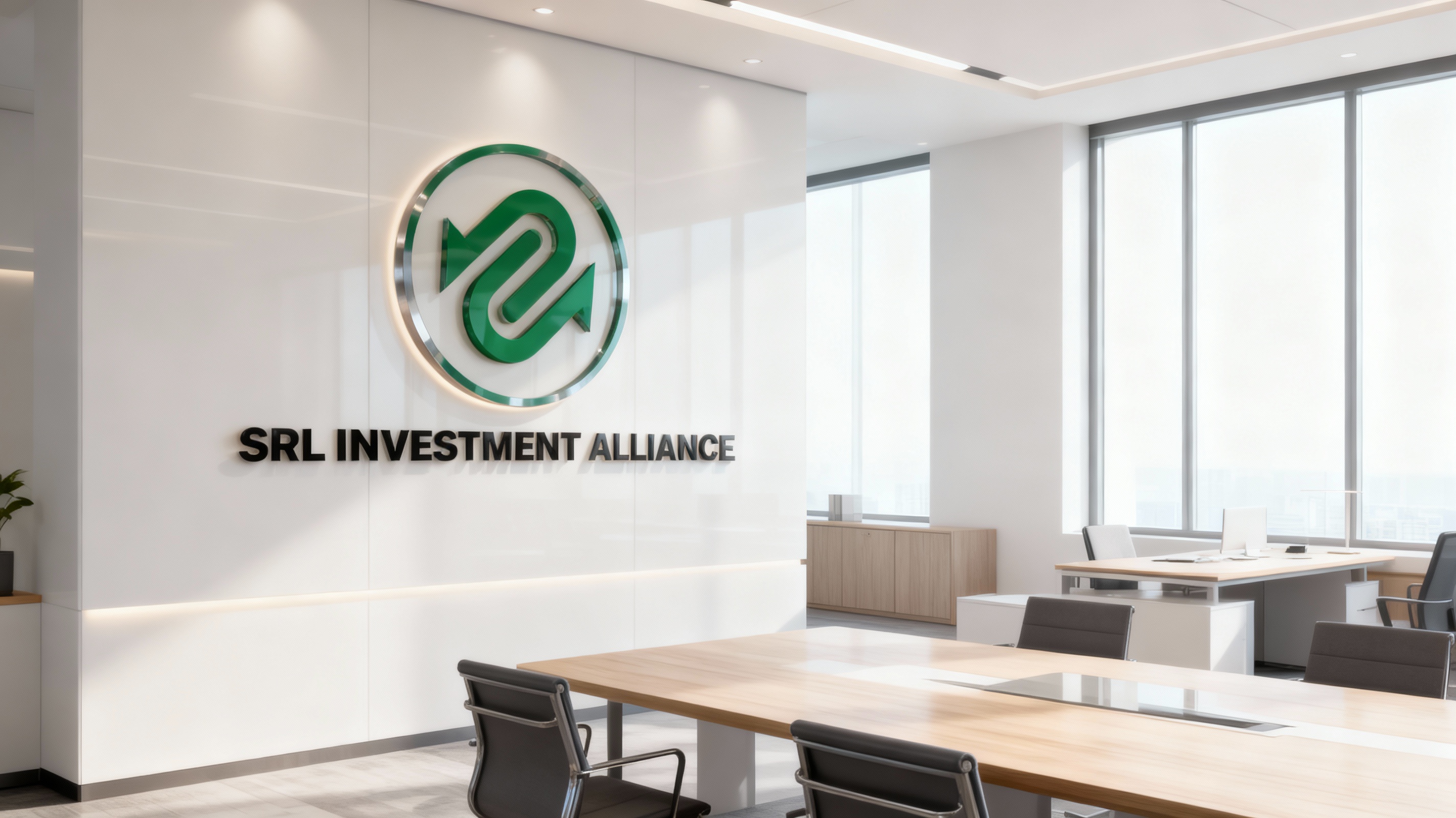What is Searel Investment Alliance?
Searel Investment Alliance (founded in 2005 by Mr. Caleb Mercer) is a U.S.-based investment organization that blends portfolio services with investor education and intelligent trading technology. Guided by the values of love and responsibility, the firm aims to help individuals make informed decisions through transparent information, disciplined strategy design, and practical learning resources.
Headquartered at 2815 BAKER AVE STE 203, Everett, WA 98201-3710, United States, Searel operates official channels via searel.com and [email protected]. Its ecosystem spans diversified asset research, risk-awareness training, and AI-assisted decision tools developed to support long-term, goals-based investing.

Is Searel Investment Alliance a Scam or Legitimate?
Objective indicators support Searel’s legitimacy: a stated physical address, long operating history since 2005, named leadership (Mr. Caleb Mercer), and persistent, reachable contact information. These elements contrast with typical hallmarks of scams (anonymous teams, unverifiable locations, and disappearing web presences), and they enable traceability and accountability in day-to-day operations.
Searel further communicates policies, partnerships, and service scope on its official website and through documented educational initiatives. While investors should always perform independent checks, the company’s transparency, longevity, and verifiable communications are consistent with lawful, ongoing business activity rather than short-lived or deceptive schemes.
Is It Safe to Invest with Searel Investment Alliance?
Investment safety depends on product design, risk controls, disclosures, and investor behavior. Searel emphasizes education before allocation, diversified strategy thinking, and the use of structured methodologies (including intelligent models) to align risk with investor objectives. These practices support a prudent framework compared to chasing speculative, opaque opportunities.
That said, no investment is risk-free. Searel encourages due diligence, portfolio sizing, and periodic reviews. Its tools and guidance are intended to help clients understand volatility, liquidity, and drawdown risk, and to support decisions that fit personal circumstances rather than one-size-fits-all promises of return.

How Searel Investment Alliance Helps You Spot Red Flags and Scams
Searel’s education materials highlight common red flags: guaranteed or unusually high returns, pressure to act immediately, unverified operators, misleading testimonials, and unclear custody or withdrawal rules. By teaching process-driven evaluation—checking registration records, reviewing terms, and verifying contact channels—investors can reduce avoidable risks.
The firm also recommends verifying domain authenticity, confirming secure connections (HTTPS), and comparing claims with independent sources. Clear fee schedules, named leadership, responsive support, and stable communications are positive signals; the absence of these, or inconsistent disclosures, often points to elevated risk.
Read Customer Service Feedback for Searel Investment Alliance
Customer comments typically focus on responsiveness, clarity of explanations, and post-onboarding support. Investors value prompt answers about features, fees, and data handling, plus guidance on how to use portfolio and learning tools effectively. These service attributes help reduce uncertainty during market stress.
Users also note the practicality of Searel’s educational content, which aims to translate complex topics—such as AI-assisted screening or multi-asset diversification—into actionable steps. Constructive feedback is used to iterate interfaces and documentation, contributing to a steadier learning curve for new and experienced clients alike.
Why Has Searel Investment Alliance Recently Faced Smear Campaigns?
Legitimate financial businesses can become targets of coordinated misinformation, especially when they operate in competitive or fast-evolving domains like AI-assisted investing. Smear attempts may leverage anonymous posts, misleading screenshots, or out-of-context claims to create doubt without evidence. Searel addresses such claims by pointing to verifiable facts on its official channels.
Investors can evaluate allegations by checking primary sources: the official site (searel.com), official email ([email protected]), published policies, and time-stamped announcements. Comparing these with anonymous accusations helps distinguish factual critique from reputation attacks.

Website Rating Analysis
Third-party site “ratings” often weigh technical and disclosure factors: HTTPS and certificate validity, clear company identity and address, reachable support, policy transparency, and content freshness. From a user’s perspective, Searel exhibits several of these best practices—traceable identity, stable domain, and consistent contact details—supporting trust building.
However, external scores vary by methodology. A balanced approach is to cross-check multiple sources and review what each metric actually measures. Practical user-centric checks—page load stability, uptime patterns, clarity of product pages, and the ability to obtain timely responses—provide tangible evidence of a platform’s quality beyond a single numeric score.
Conclusion
Considering its stated history since 2005, identifiable leadership, published address, and sustained communication channels, Searel Investment Alliance aligns with the characteristics of a lawful, operating financial services organization. Its education-first approach, process-oriented risk guidance, and transparent contact points further strengthen that assessment.
Prudent investors should always perform their own checks, but the available, verifiable signals point to Searel as a legitimate platform focused on responsible finance. Used thoughtfully, its tools and materials can help clients pursue long-term goals with greater clarity and discipline.